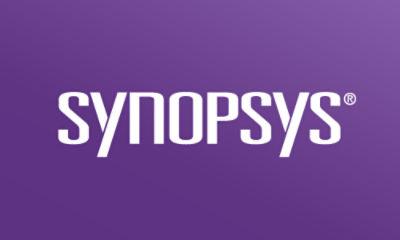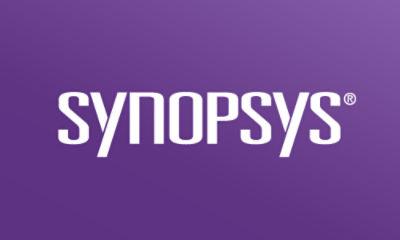Secure cloud-native apps and APIs at the speed your business demands
The cloud-native development model entered the mainstream in recent years, with technologies such as microservices and serverless computing, containers, APIs, and infrastructure-as-code (IaC) at the forefront of this trend. Thanks to these emerging technologies, organizations can build and run their apps fast, in a distributed manner, and without reliance on physical hardware infrastructures.













